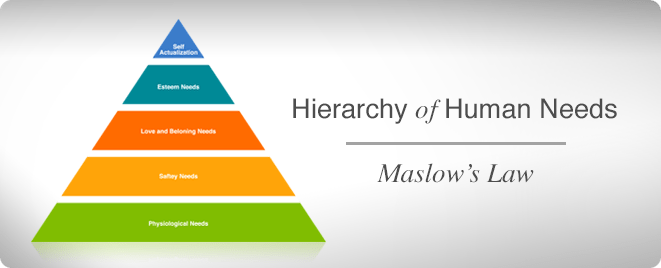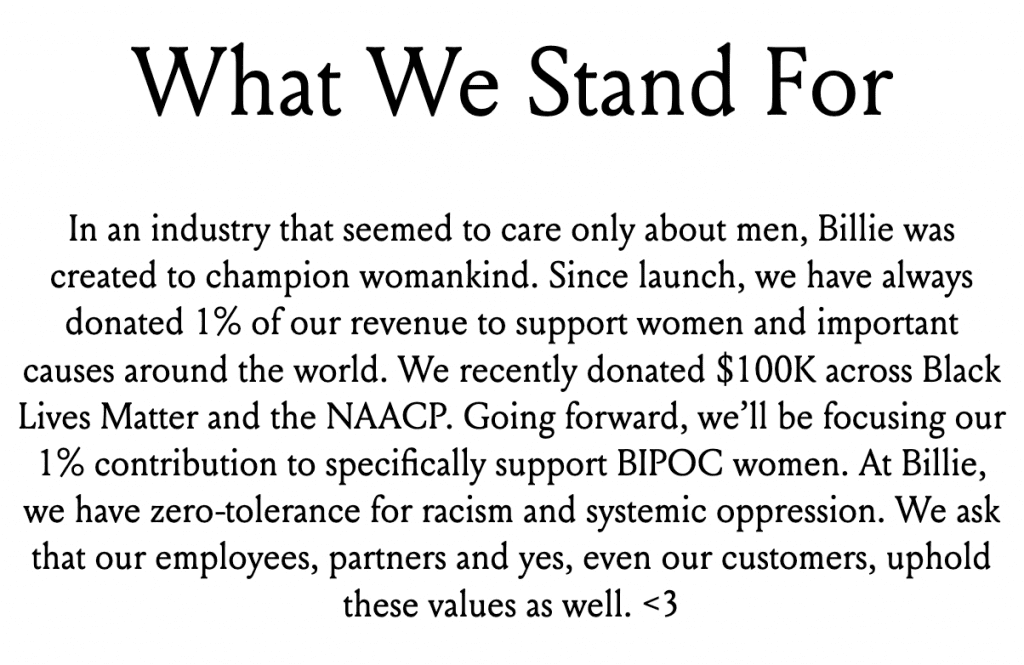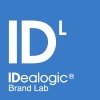Branding elements such as styling, messaging, and aesthetics can have a significant psychological impact on human behavior that influence our purchasing decisions and affect our level of brand loyalty. Understanding the value behind this impact gives companies the knowledge to design brands that resonate with their target audiences in order to garner sales. For greatest response in brand adoption, it is important for organizations to implement a consistent brand style, clarity of brand messaging, and an aesthetic appeal that align with their audiences.
The Power of Brand Style, Aesthetics, & Messaging
Leading brands exhibit many similar characteristics, in that they exude a style and aesthetic appeal that connects to their consumers. These brands cultivate inclusive culture and recognize customer communities, taking steps to align with the audience and understand what matters to them, what they want, and how they live. This drives sales—and more importantly, repeat sales, which is why organizations that accomplish alignment are much more likely to reach significance.
How can a company engineer its branding to satisfy the needs and desires of consumers?
As humans, we have physiological and psychological needs that range from survival, security, belonging, feeling a sense of accomplishment, and achieving one’s full potential in order to thrive. We extend these parts of ourselves in every aspect of our lives, and this is evident with how organizations communicate to us through their brand messaging, engagement, and visual communications.
When a company has a unique brand style that aligns with specific attributes of their audience, consumers can relate to, feel a connection with, and begin to build a bond to that brand. By reflecting our lifestyle, a company’s brand style can help us feel the most secure in our purchasing decisions.
Maslow’s Hierarchy of Needs
In 1943, American psychologist Abraham Maslow designed a hierarchical pyramid that reflects the needs of humans–starting with the physiological, or what we need to survive. The next levels of the pyramid focus on a person’s need to feel safe, to develop intimate relationships, to feel accomplished, and to achieve one’s full potential.

What happens when a company fully understands its target audiences’ needs and desires on a psychological level? Think of ground-breaking designs (like Herman Miller’s luxurious office Aeron chair or the first MacBook) that surpassed competitor offerings by going beyond sustaining physiological needs; and instead, focused on satisfying the consumers’ need to feel safe, loved, have self-esteem, and reach self-actualization. Companies that help consumers achieve self-actualization accomplish the highest tier of Maslow’s hierarchy of needs.
“The best design solves problems, but if you can weld that to the cool factor, then you have a home run,” says Mark Schurman of Herman Miller
Example #1: Skinny Pop Popcorn
This brand appeals to people who want healthier snacking options. The brand satisfies the consumers basic physiological need for food. Beyond the survival tier, the brand creates a sense of alignment and security for healthy snackers because the product is low calorie, gluten free, has no artificial flavoring, and is NON-GMO. These are trust signals that elevate the consumers’ desire to buy. The green and white packaging colors symbolize health and purity, and the pop of red creates a sense of urgency which often stimulates subliminal hunger.

When a snacker makes a healthy decision, it raises their self-esteem and provides them with a feeling of accomplishment. Once a consumer begins to see their desired results, they are more likely to be loyal to brands like SkinnyPop, because these brands make consumers feel better about their purchasing decisions and help them have greater confidence achieving in their lifestyle goals.
“Your company can’t thrive just by fulfilling basic needs. You must somehow connect with passionate early adopters and get those adopters to spread the word through the curve.” Seth Godin, author of The Purple Cow.
Brands that can satisfy consumers’ needs on more than just a physiological level are more likely to establish brand loyalty and increase purchasing intentions. Once early adopters feel aligned with a remarkable brand, they like to spread the word and share this feeling with others. This is how extraordinary products and services spread through a process called the diffusion of innovation.
Example #2: Billie
Another great example of a brand that has conquered Maslow’s Hierarchy of Needs is the new-to-market razor company, Billie. The razor company was founded by a group of women who “noticed that women were overpaying for razors and shamed for having body hair. Kind of a double whammy… So we did away with the Pink Tax and put body hair on the big screen.” Everything about the brand is strategically designed to appeal to and align with its target audience.

With an array of pastel colors as the main focus on a clean, modern packaging style, Billie establishes itself as a quirky, inclusive brand that champions women. While it’s not necessary for the brand to satisfy physiological needs, it succeeds in providing a sense of safety and belonging to its audience through inclusive, authentic, empowering, and direct brand messaging:

The combination of brand aesthetic and brand messaging has helped establish Billie as an up-and-coming market leader. The brand colors strategically work together to represent the following: pink for femininity; blue for trust; orange for warmth; red for power. The pastel adaptation of these bold colors creates a softened tone to align with the target audience.
The overall aesthetic accomplishes the brand’s goal: to appeal to “anyone who identifies as a woman.” This helps consumers feel secure during the buying process. The overall look and feel of the brand and its products exude a sense of belonging and love for its audience. All over the U.S., women have become early adopters and advocates of the Billie brand. Billie has created a movement around a simple razor product. This is the power of strategic messaging, aesthetics, and brand style and its effect on purchasing behaviors.
How We Help
It’s our job to help clients understand their target audiences on a lifestyle level in order to create a Brand Model® that results in an increase in market share. This is why we at IDealogic® have created our Brand to Human® process. Understanding the psychology of human behavior has helped us bring brands and humans together for over twenty five years. We can help you connect to your Human through our understanding of Maslow’s Hierarchy of Needs. Schedule a 30-minute introduction with us to learn more about all the ways we can help.



